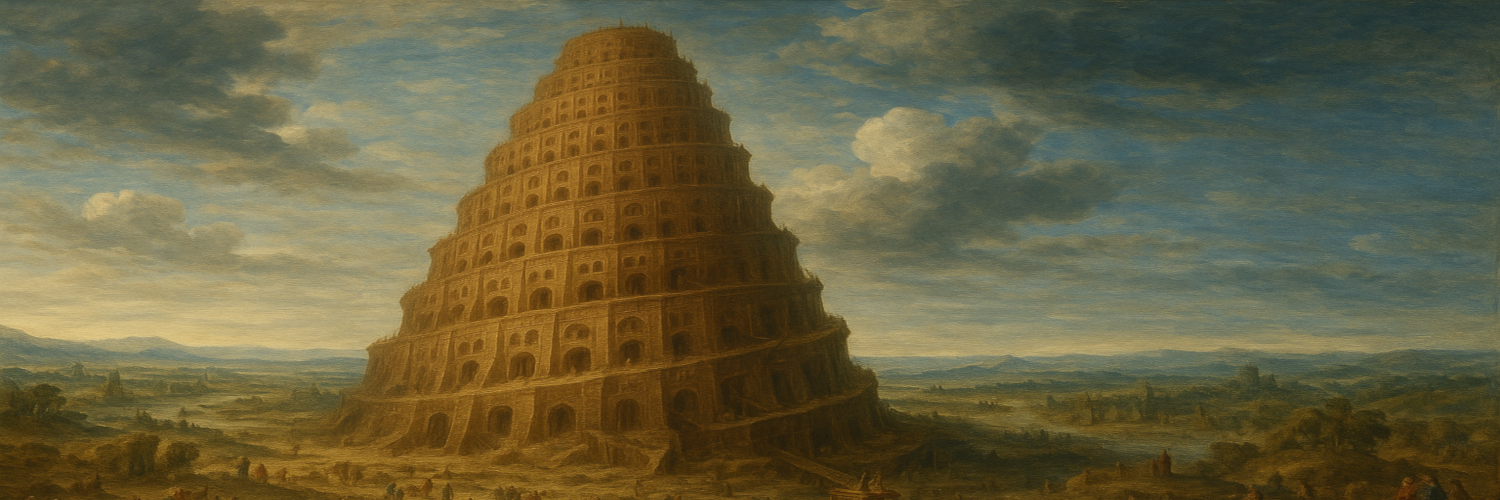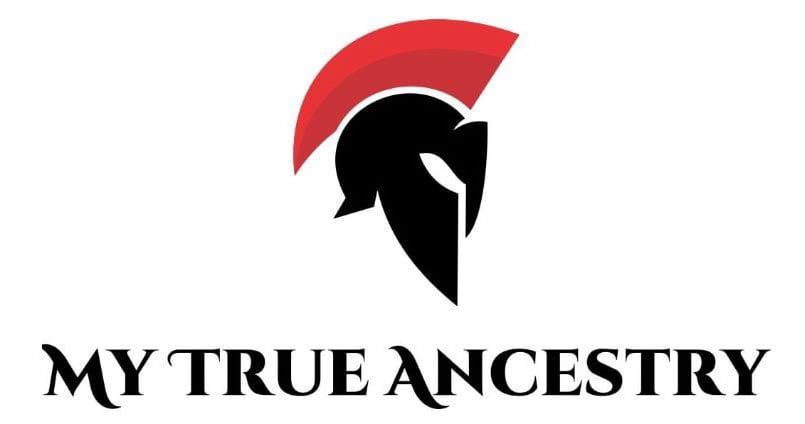Genetic Insights into Albanian Ancestry and Linguistic Origins




The Albanian Enigma: Discovering Ancient Roots Through DNA
The mystery of Albanian origins has mystified historians and archaeologists for centuries. Now, through thrilling advancements in ancient DNA studies, the veil is slowly being lifted. This tale begins among the rolling hills and ancient burial sites of the Balkans, where echoes of past cultures resonate through the very soil. Delving into the echoes of time, this exploration transports us to an era when whispers of Albanian origins were as enigmatic as the vast Balkan landscapes they have long inhabited.
When we read about vanished civilizations, it’s easy to forget that their descendants still walk among us. If you’re curious which of them you might share roots with, you can explore your own genetic links at www.mytrueancestry.com.
At the heart of this groundbreaking study lies the northeastern excavation site of Çinamak in modern-day Albania, where remarkable discoveries offer glimpses into lives from the Early Bronze Age. Here, the remains of a single male individual dating back to approximately 2663-2472 BCE were discovered. This ancient person represents a critical link in understanding the genetic shifts that altered the region's history. Imagine the excitement of uncovering artifacts that tell stories of the "Illyrians" and "Dalmatians" — names familiar only from ancient texts, now confirmed by genetic evidence.
The genetic analyses reveal that this individual's ancestry is about 70% linked to Yamnaya-related populations from the vast Pontic-Caspian steppe, marking a significant transformation around 2700 BCE deeply entwined with Indo-European linguistic expansion. Adorned with grave goods echoing northern Adriatic connections, this site hints at the tantalizing routes once trodden by early Albanian forebears. Each layer of earth holds secrets, and within them lies the DNA of people who once lived there.
Researchers have traced the ancestry of modern Albanians back over millennia, revealing stunning continuity with their ancestors from the Late Bronze and Iron Ages. By examining over 6,000 genomes from West Eurasian sites and 74 newly sequenced genomes of modern ethnic Albanians, it became possible to understand the genetic tapestry of the Albanian people's past. This research uncovers remarkable genetic continuity from the Late Bronze and Iron Ages in the Western Balkans, notably in Albania.
These groundbreaking genetic analyses showed that present-day Albanians are closely linked to their Early Medieval predecessors from Albania, with additional influences from East European groups visible in about 10-20% of their DNA. The genetic mosaic includes a fascinating mix of west Anatolian and east European influences, dovetailing with cultural and linguistic exchanges between locals and newcomers across centuries.
During the Middle to Late Bronze Age and into the Iron Age, the Albanian region stood as a cultural crossroads. Bridging the past with vibrant life, these sites unravel the intricate "Illyrian" cultural network. The rich cultural interactions of the past are mirrored in genetic data from ancient dig sites in Albania, like those at modern-day Shkodër, which reveal cultural and possibly genetic exchanges between the Balkans and regions further afield.
Populations from areas known today as Croatia, Montenegro, and North Macedonia interacted during the classical era, sharing cultural and genetic traits with overlapping DNA. These communities reflect a mosaic of interconnected "Illyrian" and "Paeonian" affiliations. Artifacts link these regions to Northern Italy and even Hungary, showcasing artistic influences weaving across borders and demonstrating how far individuals and ideas traveled in the ancient world. Period-specific artifacts from shimmering tumuli to crafted ceramics illuminate their shared ancestry.
Albania stands out as a genetic refugium during the tumultuous periods of medieval migrations. The winding path leads to medieval sites such as Shtikë and Kënetë, where ancient bones whisper tales of continuity largely unaffected by the sweeping Slavic migrations that influenced surrounding regions. Ancient genomes from these regions reveal an unbroken thread of ancestry, with the population showing relatively minimal influence from Slavic incursions seen in neighboring areas.
This genetic continuity from ancient times through the post-medieval period underscores the enduring legacy of the ancestral Albanian gene pool. Preserving a remarkable genetic legacy, these early Albanians showcase an enduring connection to their ancestors, embodying cultural resilience amidst historical upheavals. Past investigations at these sites have unearthed medieval artifacts that mirror the genetic continuity witnessed in modern-day Albanians.
Illuminating the patterns of migration and habitation, ancient genomes tell a story of steady but diverse influences, revealing close genetic ties with populations from neighboring areas during the classical era. Important figures, including those from Roman times buried in regions like Zadar in Croatia, show genealogical connections that intertwine with modern Albanian people.
A mesmerizing genealogical web, rendered through Identity-by-Descent analyses, links ancient and living Albanians, unveiling shared ancestries stretching across breathtaking temporal and geographical distances. Research shows that the genetic makeup of Albania is part of a grand historical mosaic, where genetic traces of populations escaping upheaval intermingle with indigenous groups during the Medieval period.
The Albanian language emerged as a unique jewel amidst the diverse linguistic tapestry of the Balkans, reflecting a complex interplay of influences. Linguists hypothesize its roots stretching into the 5th century, entwined with high-altitude dwellers spanning present-day northern Albania, Kosovo, and beyond. This linguistic development parallels the genetic narrative revealed through ancient DNA studies.
The spectacular tale of Indo-European language's journey to Albania is illuminated by these ancient genomes. The study offers thrilling insights from tumuli in Shkodër, located near the bustling Adriatic Coast, suggestive of cultural exchanges with northern Adriatic regions and Hungary. These areas served as pivotal conduits for Indo-European genetic influx, extending across verdant lands where steppe herders once roamed.
https://www.biorxiv.org/content/10.1101/2023.06.05.543790v2
Discover how your DNA connects to ancient civilizations at www.mytrueancestry.com.
Comments